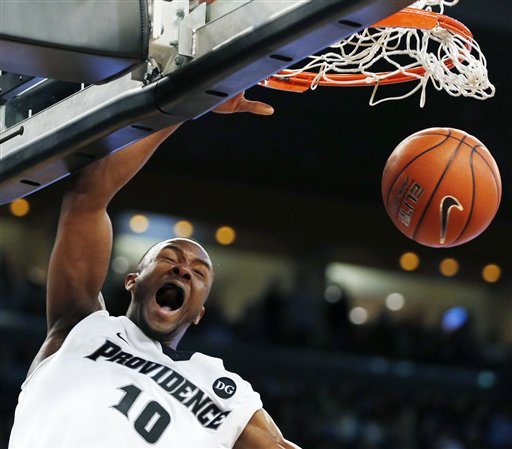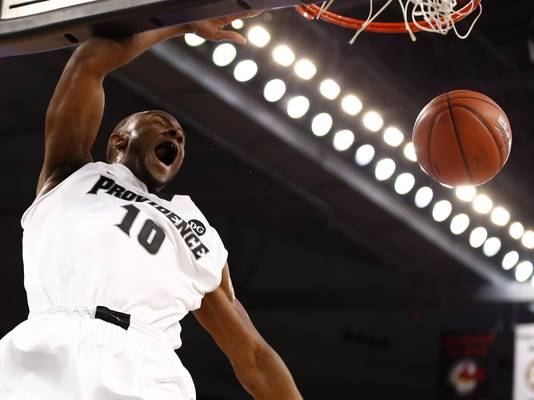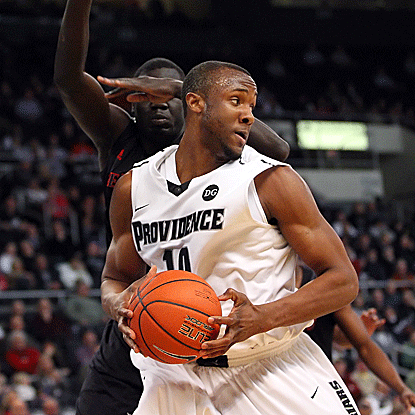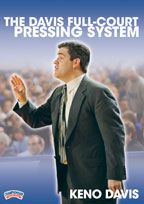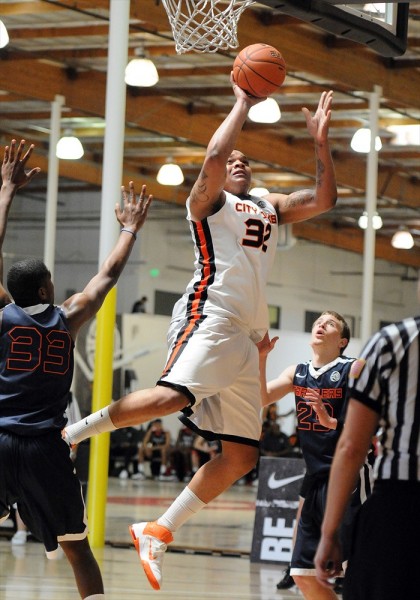Season In Review: Providence Friars
Posted by Will Tucker on April 29th, 2013The Friars (19-15; 9-9) made huge progress in Ed Cooley’s second year at the helm of the rebuilding project in Providence. After limping through the first half of the season with injuries to key players, chemistry issues and no bench to speak of, the Friars rattled off seven of their last nine games to close out Big East play. They posted their first .500 conference record since 2008-09, and with it earned a trip to the postseason for the first time since 2008-09 as well, losing their first game of the NIT on the road at No. 2 seed Baylor.
Preseason expectations
Big East coaches pegged the Friars #13 at media day, while we slightly more optimistically ranked them #11 here at the microsite. Ed Cooley returned the Big East’s reigning two-time assists leader in senior Vincent Council, but his highly-anticipated recruiting class had unraveled in the offseason and his frontcourt remained somewhat of a mystery. In short, nobody really knew what to expect from the program that had been a dismal 12-42 (.286) in Big East play since its last postseason bid.
The Good
Ed Cooley finally got his team to play on both ends of the floor, stamping out the paper bag defense that was Keno Davis’ indelible legacy in Providence. KenPom ranked the Friars 74th in both adjusted offensive and defensive efficiency –– a figure that, while not outstanding, displayed uncharacteristic balance: Their defense had ranked outside the top 200 in two of the past three years. On paper, only Syracuse was more efficient in defending the three among Big East teams, and Providence snuck into the league’s top 10 in scoring defense as well. At the individual level, it was Bryce Cotton and Kadeem Batts who led the team’s resurgence. In his junior year, Cotton (19.7 PPG, 3.6 RPG, 2.9 APG) stepped into a leadership role few outside of Tucson, Arizona, could have envisioned for the spot-up shooter whose only Division I offer came from Providence. Cotton led the Big East in scoring and three-pointers (98 makes) despite playing more minutes per game (37.8 MPG) than all but six other players in the nation. In the frontcourt, Batts (14.8 PPG, 7.2 RPG, 47.8% FG) fashioned himself into the Big East’s Most Improved Player after an underwhelming sophomore season that left the 6’9″ forward shrouded in uncertainty entering 2012-13.





























